Multimedia installation
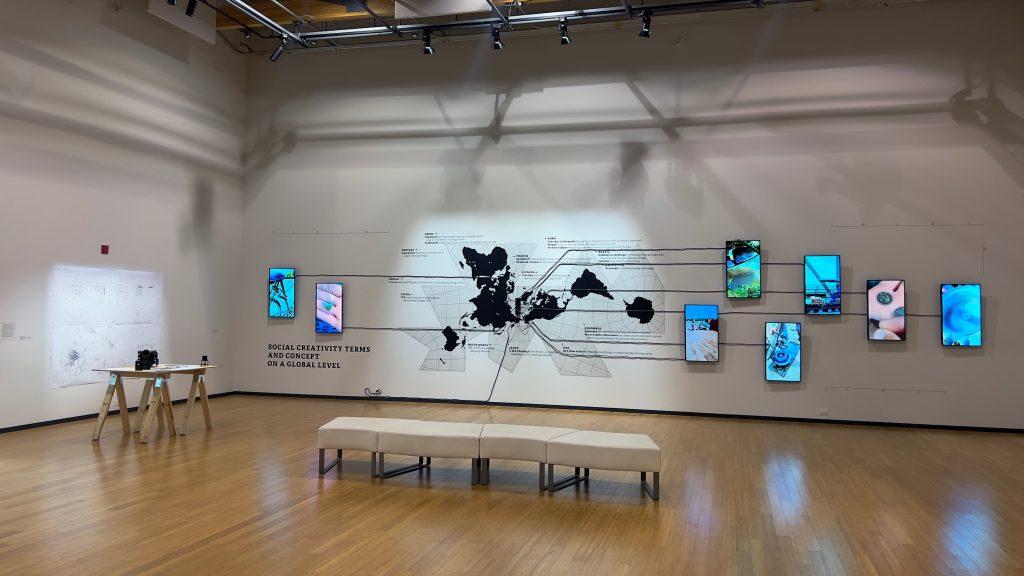
As part of the project CubaCreativa [2014]
– Developed with COPINCHA –
Creativity is the ability of human beings to generate new ideas. It tends to flourish in extreme moments or moments of crisis, although not exclusively. When creativity emerges as a response to emergency or scarcity conditions, it acquires predominance in all areas of cultural, economic, and social organization, as is the case in Cuba. This artistic research project focuses on social creativity, heritage, tradition, popular culture, and the culture of survival. Each presentation of this collaborative and multimedia project varies in both format and media, from the organization of a seminar, an academic publication, or an interactive installation.
CubaCreativa [GUARAPERA] is an intervention that is focused on the optimization of vernacular design, specifically related to machines that have a presence in Cuban reality. n this case, the artist is interested in investigating guaraperas, which are service establishments where machines are used to extract the juice from sugar cane and dispense a drink called guarapo. His objective was to optimize the functionality and productivity of these machines by employing technical solutions and viable materials for the Cuban context.
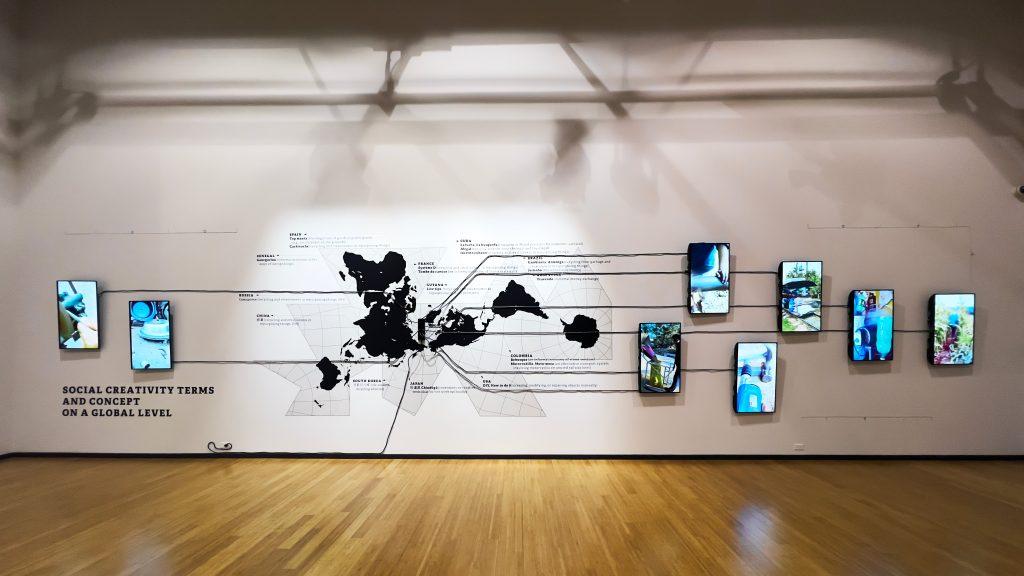
Guaraperas use handmade machines that follow the operating logic of industrial mills. This machine is nothing more than a simple mill that extracts the juice from the sugar cane. It exists in large format, whose use is essentially industrial, in the sugar mills, and also in small, which are usually used to dispense guarapo; a refreshing and energizing drink, naturally sweetened, which is drunk freshly made and with ice to relieve the heat of the tropics. Although some years ago these service centers were managed by the state sector, with government approval of self-employment, entrepreneurs opened their guaraperas as light and transportable mobile stations.
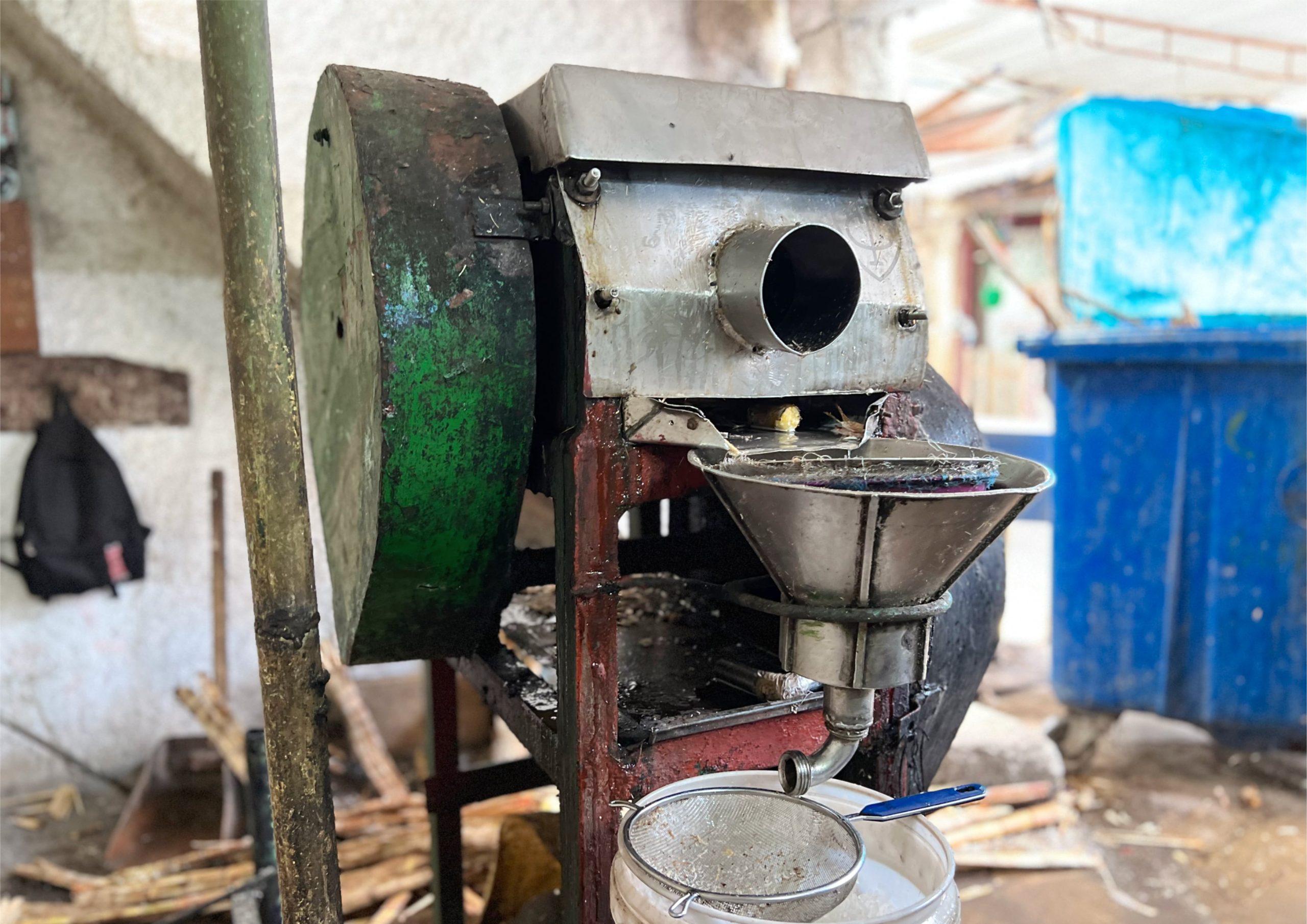
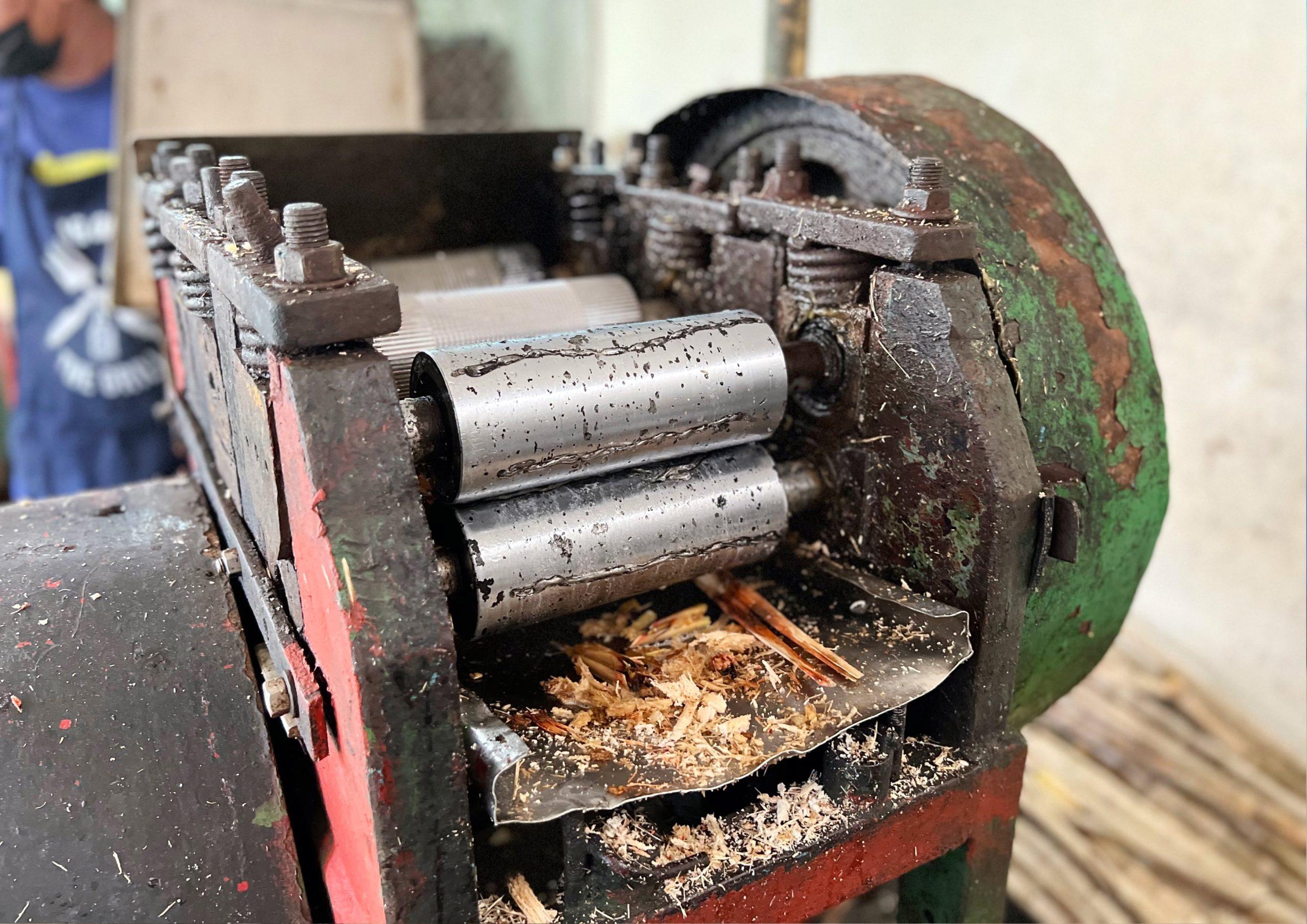
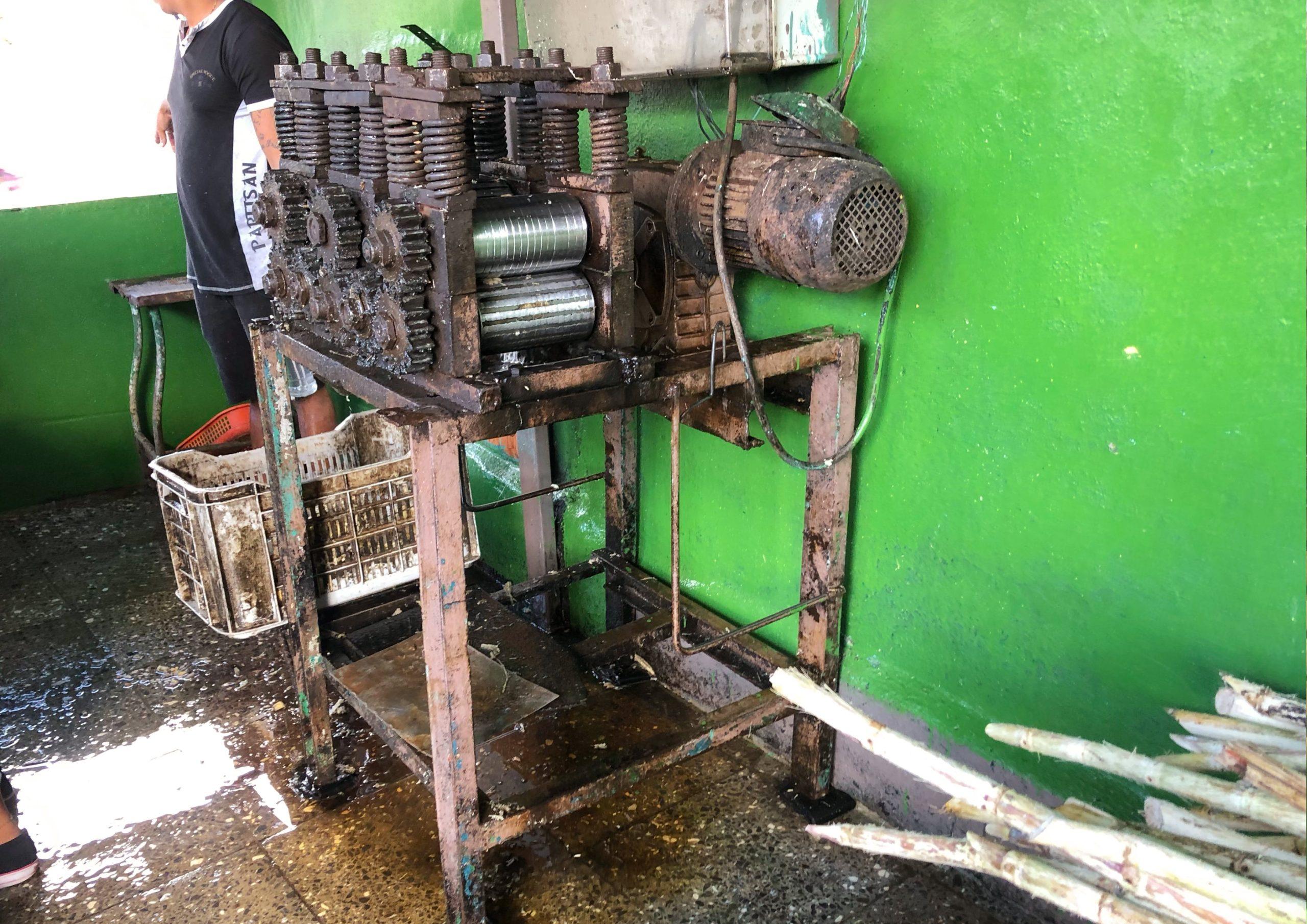

The trapiches1 used in the guaraperas are built by hand, from reused materials and equipment readily available in Cuba. On several occasions, the lack of materials and technical know-how hinder their effective operation. Therefore, this project focused on the creation of a technical manual that guides interested parties on how to create an optimal and efficient handmade mill. In this sense, and as a result of the project, we have a public domain manual with designs, lists of materials, implemented adaptations, and details to produce the machinery. This manual ranges from models of mills created with a minimum of resources and investment, to more complex versions that incorporate hardware and software solutions that enhance their performance. It also includes an analysis of alternative energy models and suggests possible uses for the residues from guarapo production.
[1] A trapiche is a mill made of wooden rollers used to extract juice from fruit, originally olives, and since the Middle Ages, sugar cane as well.
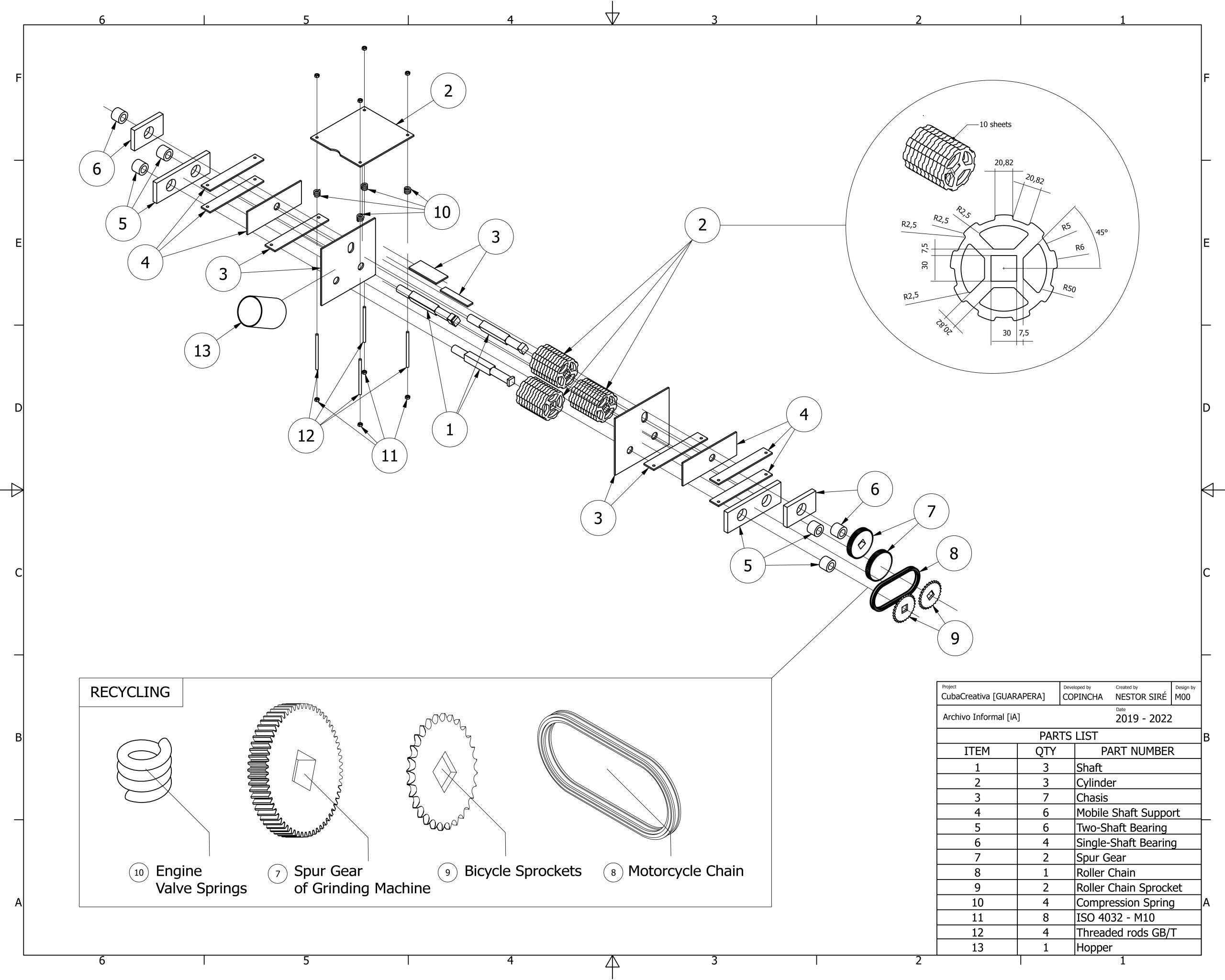
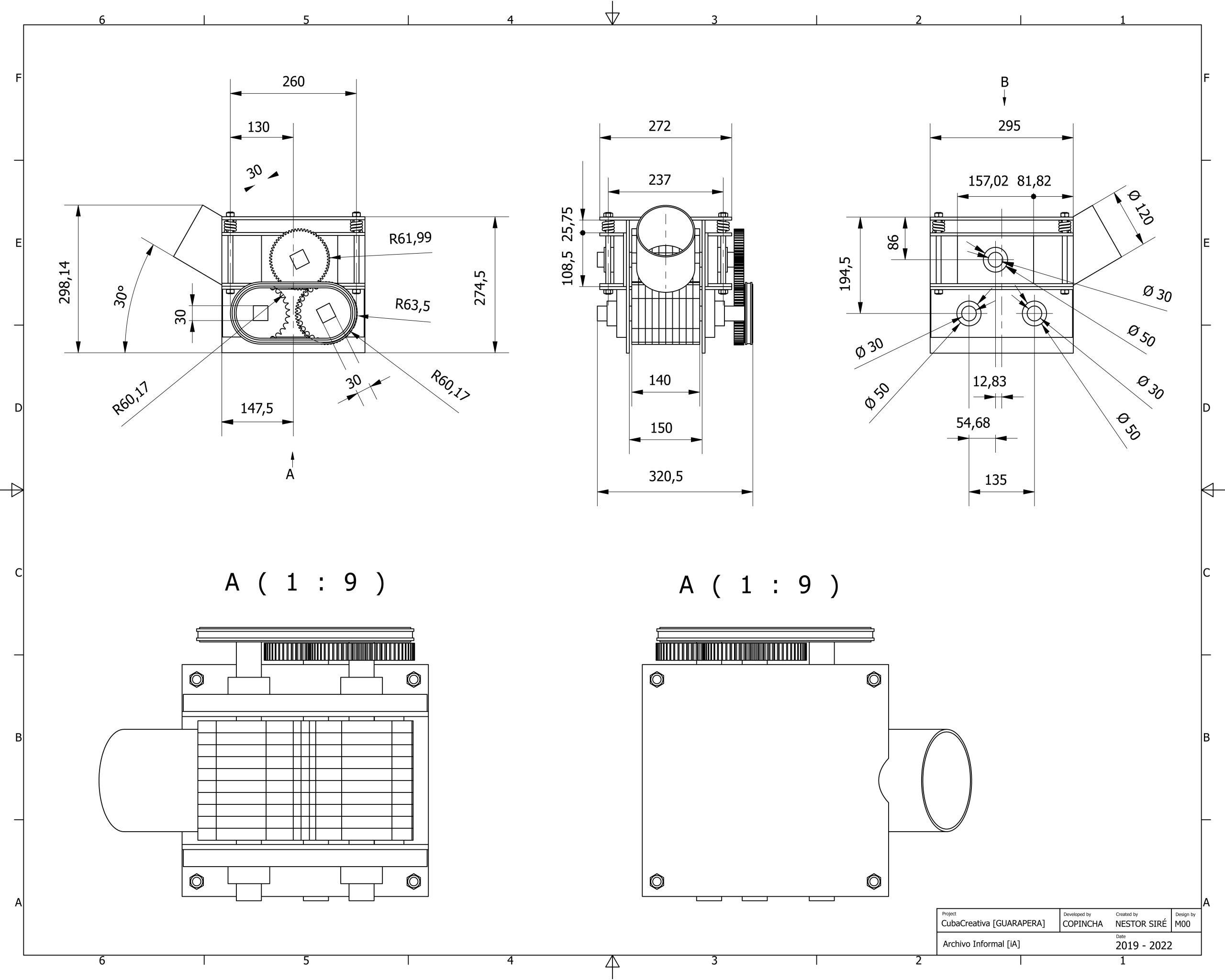
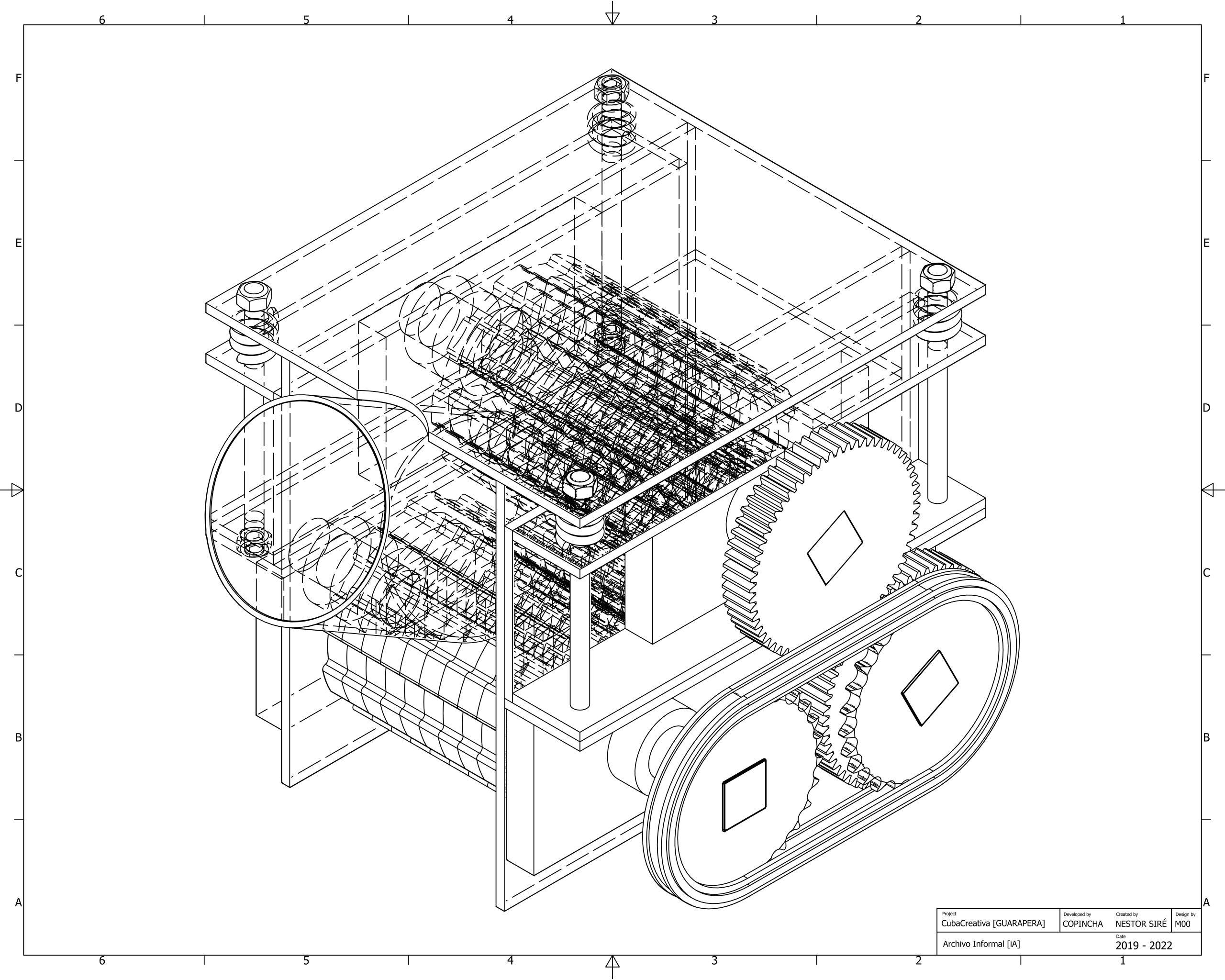
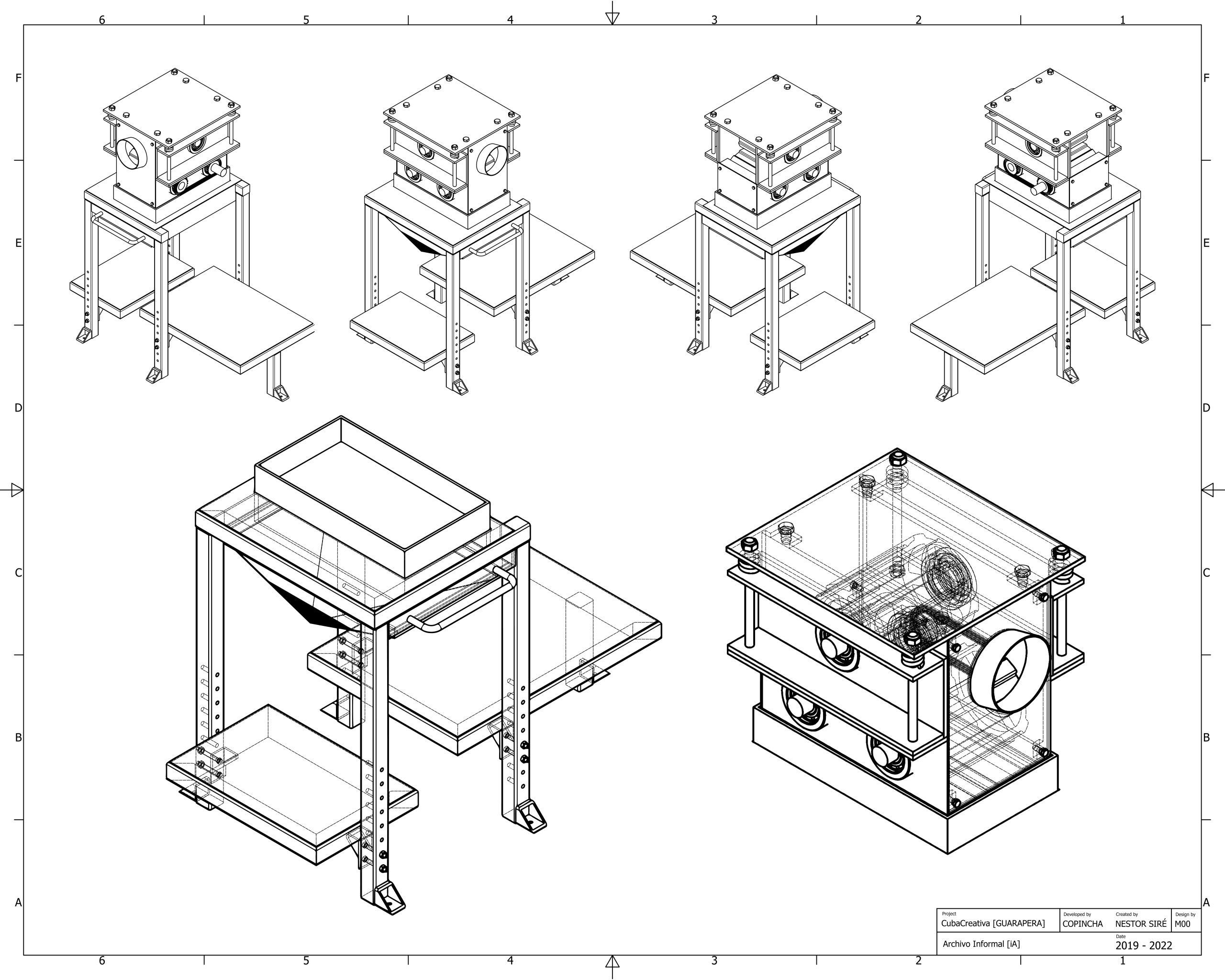
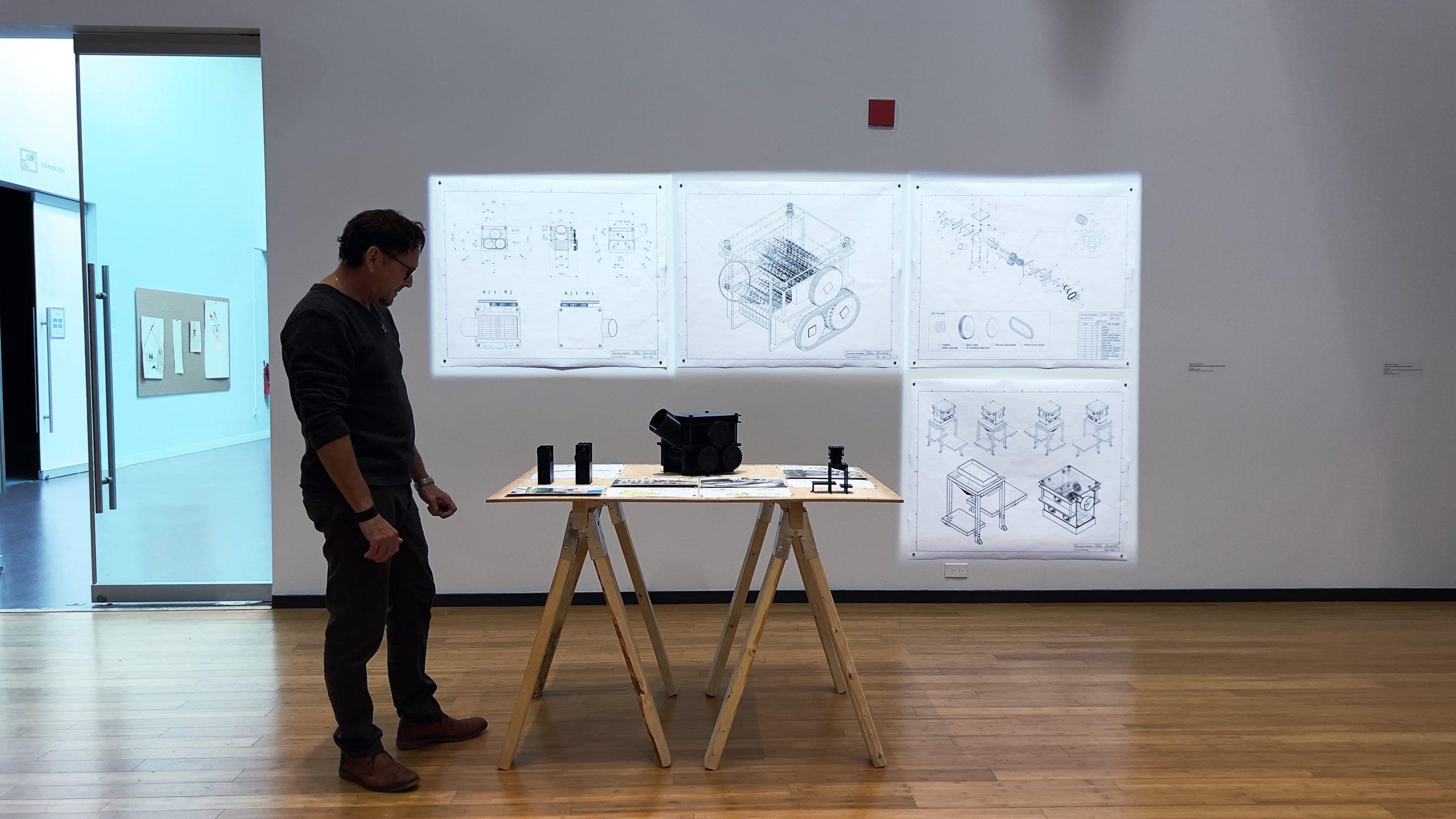
The project was developed by a multidisciplinary team, in collaboration with COPINCHA, one of the first co-working spaces in the Cuban context. It is a collaborative and open creation laboratory that integrates knowledge and technological practices, in coherence with the Cuban socioeconomic and cultural context. This community aims to develop an alternative and sustainable socio-technical culture, to build in Cuba a popular space for technological development and innovation that has a local, social and environmental impact.
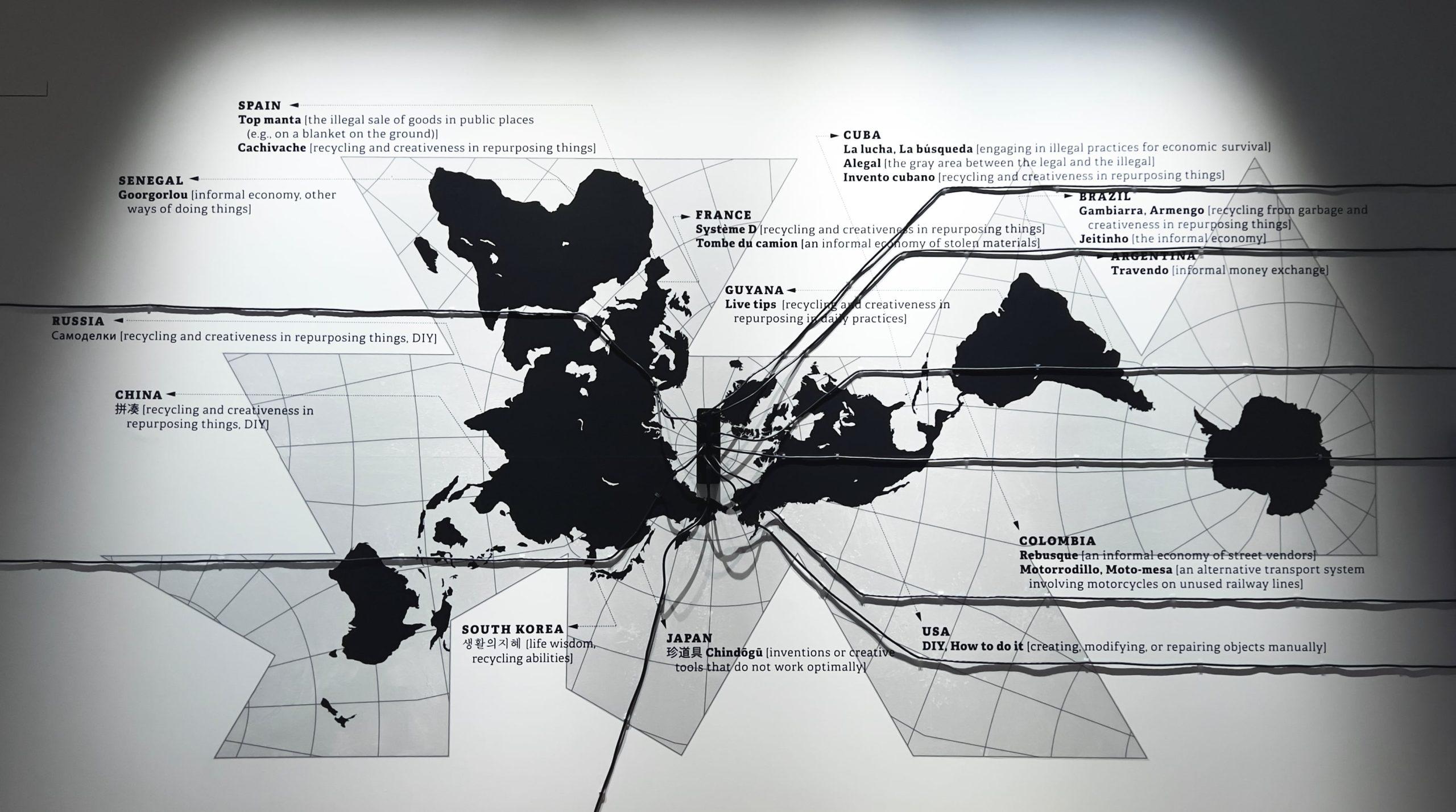
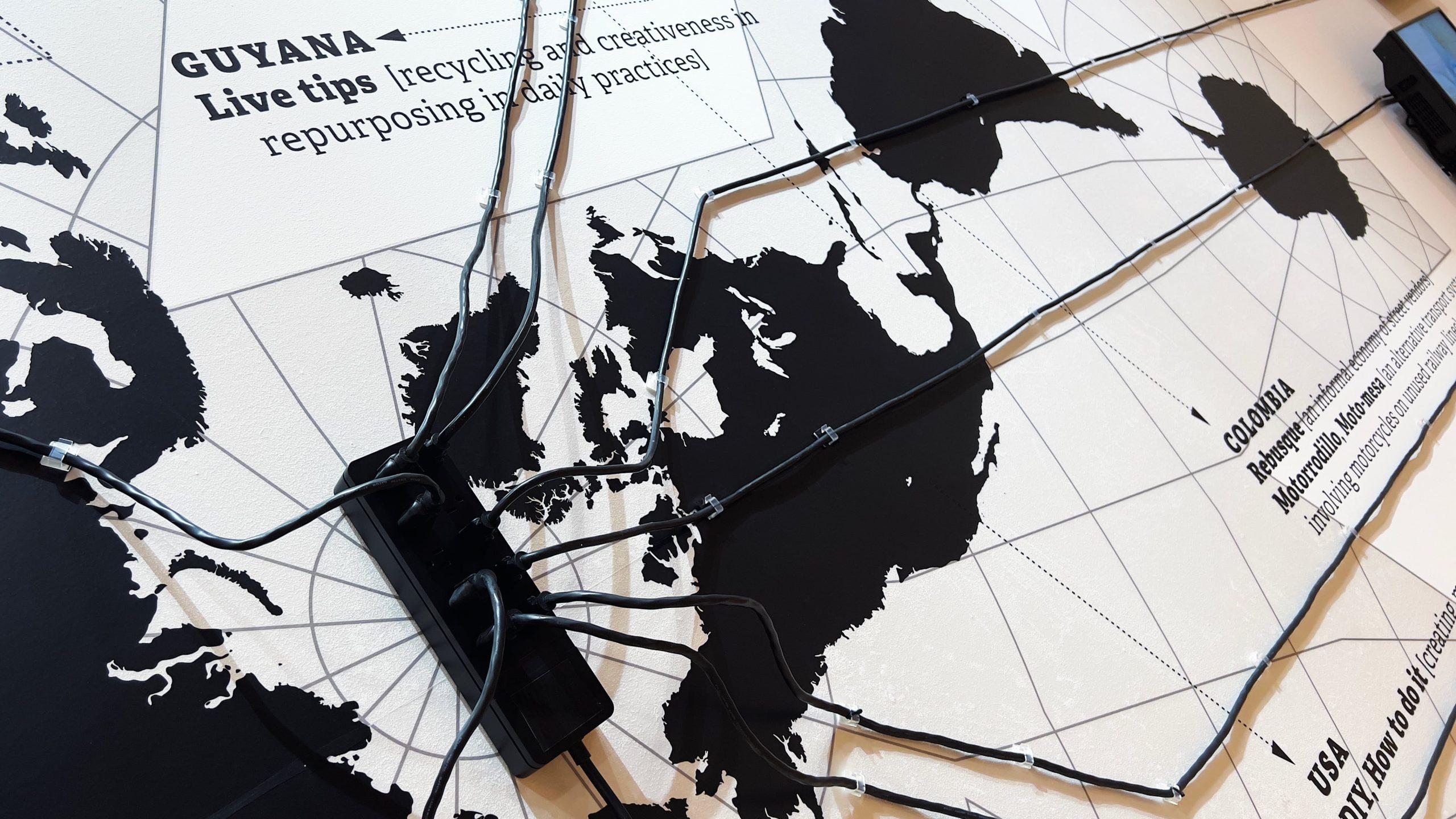
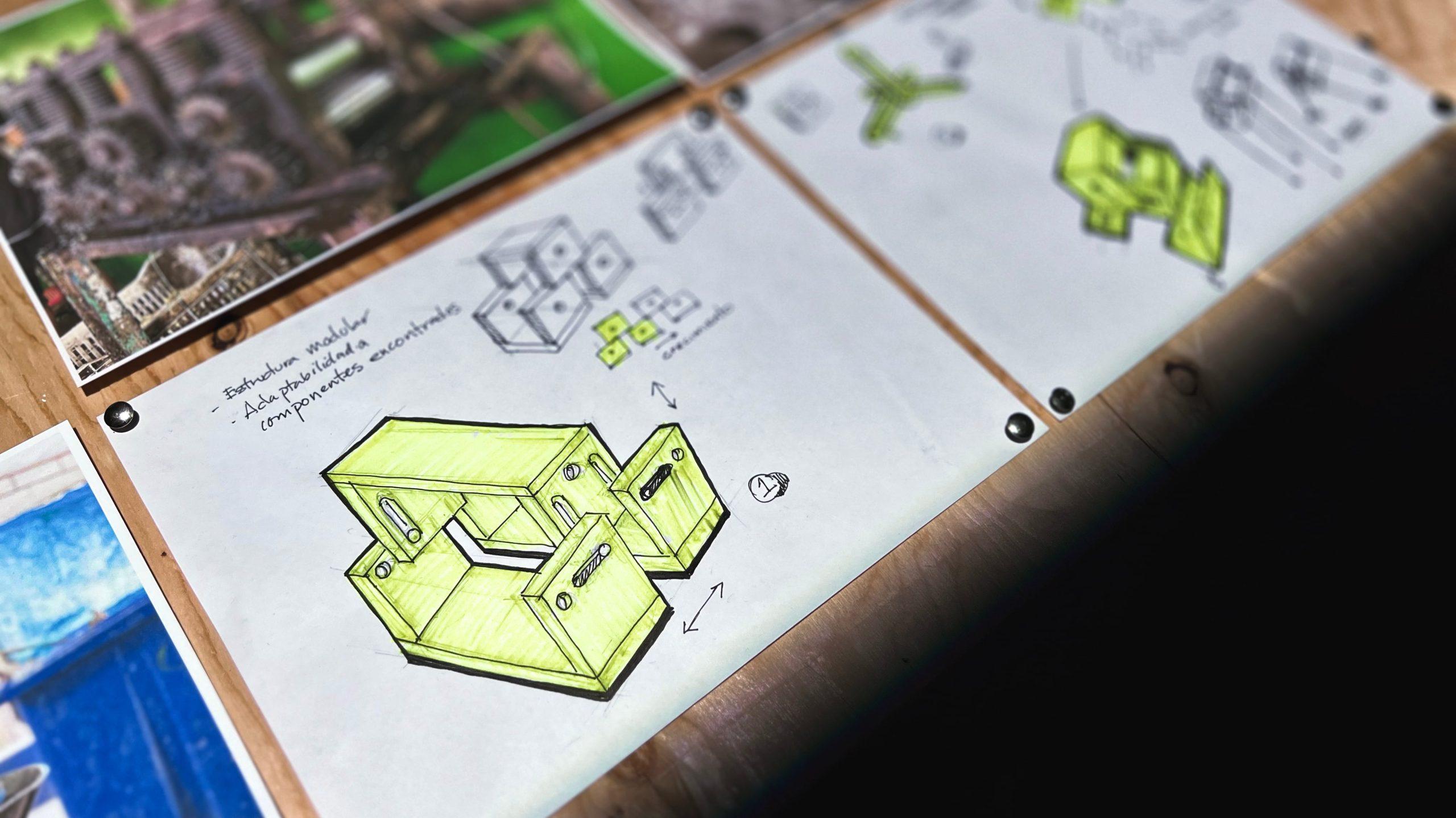
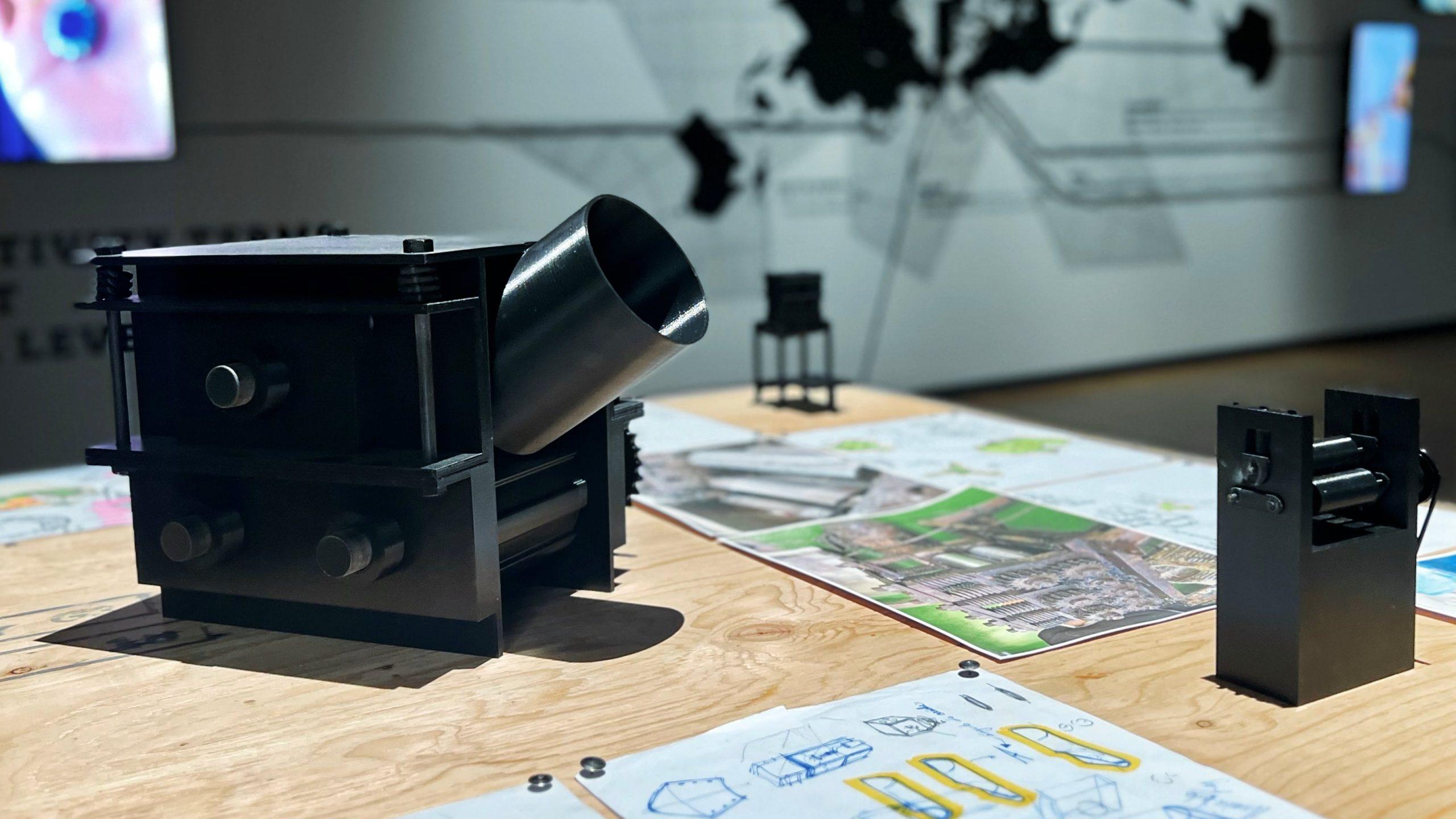
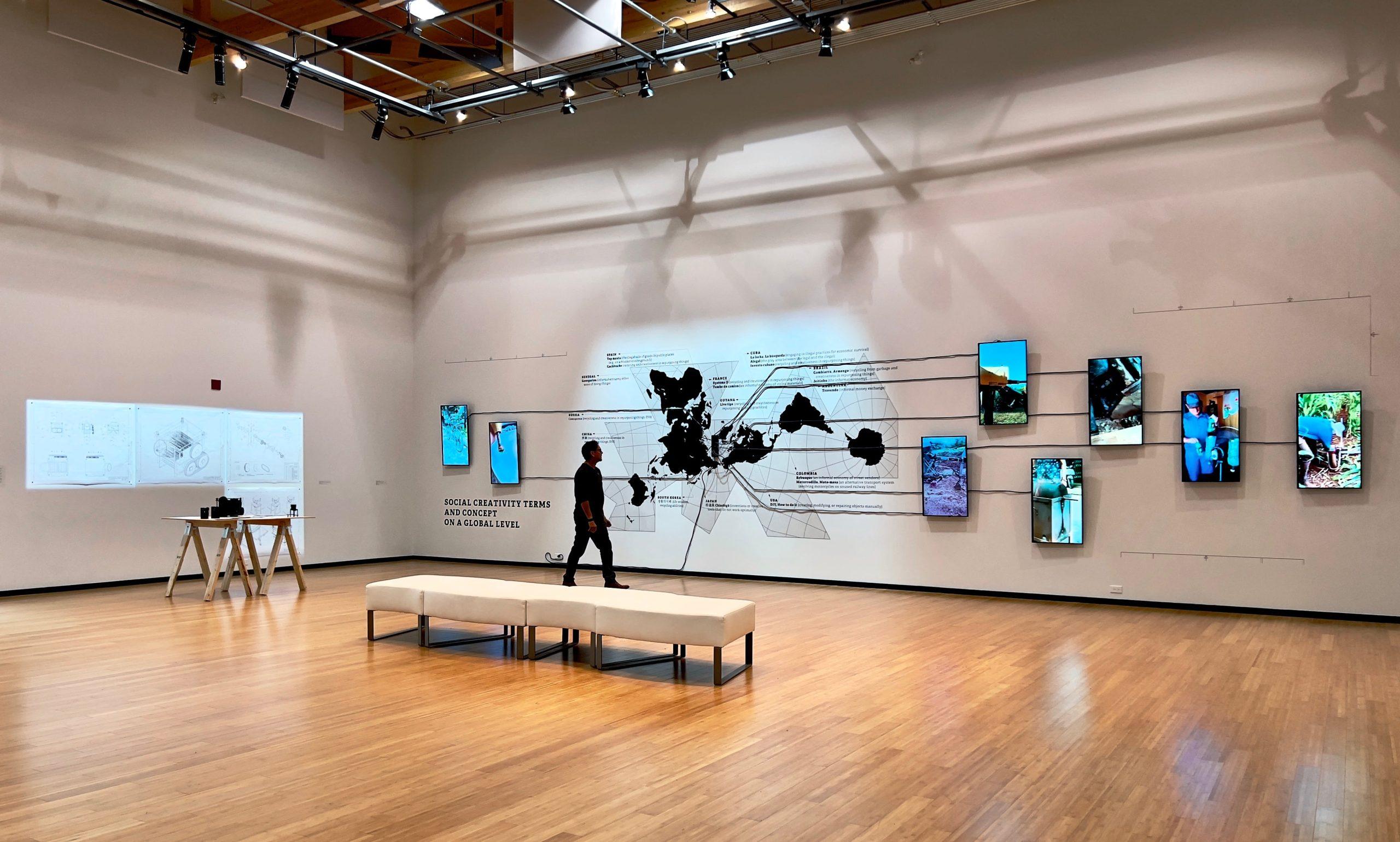
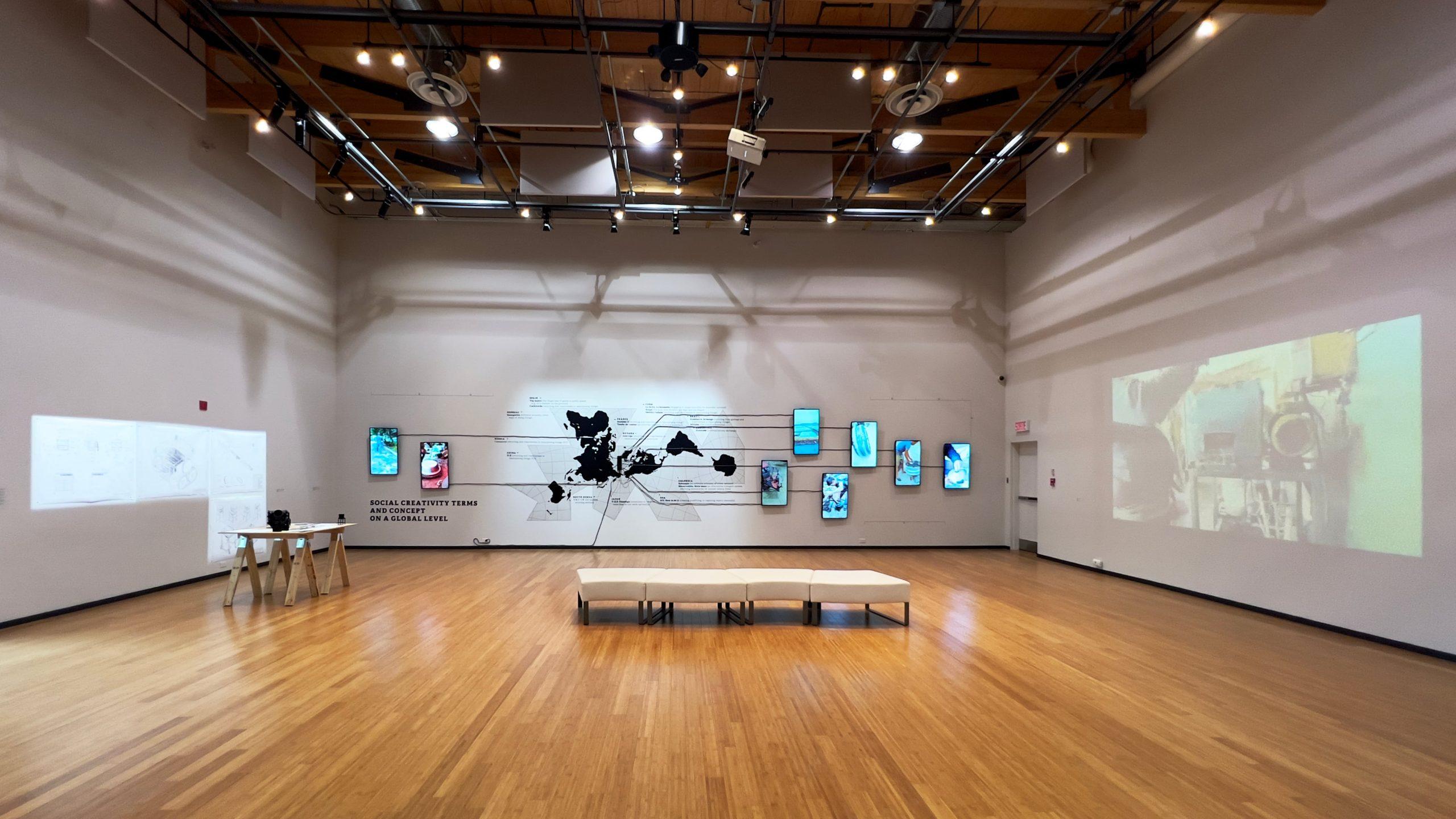
—
Contributors
Mechanical engineer-designer: Maurice Haedo
Inventor-mechanic: Erik Maza
Graphic Designer: Arístides Miguel Torres Díaz
Fabrication: Mecánica LG
—